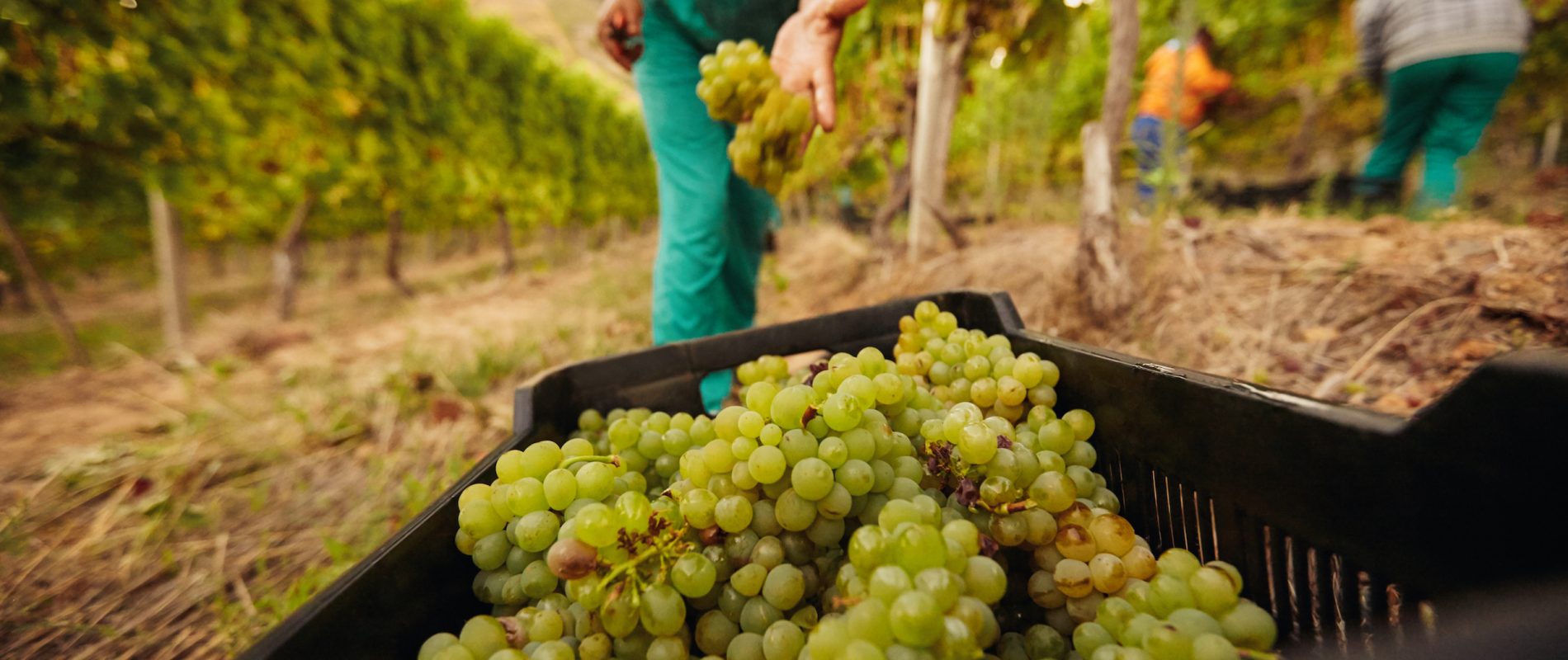Not all tasks, farms, fruits and vegetables, etc. pay the same. Logically, tougher jobs like pruning or planting trees and heavier fruits like pineapples should pay more.
There are also two ways to get paid—per hour or by quantity of fruit picked (piece rate).
That said, wages are based on the Australia Standard wage rate for casual farm work and on their relevant award. There are different minimum wages for different job types and awards; each of these stems from one core minimum wage.
In Australia, an award is an enforceable document containing minimum terms and conditions of employment, in addition to any legislated minimum terms. Two awards are relevant here—the Horticulture Award 2020 and the Wine Industry Award (e.g. for grape picking employees). If you’re not sure which award applies to you, you can use the useful three-step “Find my award” tool.
There are usually three types of employment:
- full-time employees (an average of 38 ordinary hours per week)
- part-time employees (an average of fewer than 38 ordinary hours per week)
- casual employees (the lesser of an average of 38 hours per week or the hours required to be worked by the employer)
Note that casual employees will get a higher minimum wage because they lack job security.
Hourly rate
Many backpackers are more comfortable with a guaranteed hourly wage, even if it’s minimum wage. This way, you get paid for every single hour spent at work.
As explained above, minimum wage is based on the Horticulture and the Wine Industry Awards. This is the absolute minimum an employer can pay you, but you could earn more!
Horticulture Award minimum wages
As of July 1, 2024, hourly minimum wages for the Horticulture Award are set as follows:
- Minimum hourly rate (adult full-time level/grade 1 employee): AU$23.46
- Minimum hourly rate (adult casual level/grade 1 employee): AU$29.33
Read Hourly Rates for more info.
Wine Industry Award minimum wages
As of July 1, 2024, hourly minimum wages for the Horticulture Award are set as follows:
- Minimum hourly rate (adult full-time level/grade 1 employee): AU$23.79
- Minimum hourly rate (adult casual level/grade 1 employee): AU$29.74
Read Hourly Rates for more info.
Piece rate jobs
Many fruit picking jobs aren’t paid as an hourly wage but by the piece (quantity of fruit picked). In this case, you’re a “pieceworker” and the money you make depends on the number of kilos collected or buckets or bins filled.
Much like commission-based jobs, being paid by piece rate can be a great deal or a financial disaster. Filling a 500-kilo bin is harder than it seems—you have to be strong, quick and efficient if you want to make a decent day’s wage. If you are slow to reach your targets, you may end up making a low wage.
Some employers set piece rates so low that you literally can’t pick or pack enough fruit to earn a good wage. This is why the piece rate pay structure is sometimes blamed for farm worker exploitation.
On the other hand, you could technically make much more than minimum wage if you perform well!
For more info, read Piece Rates – Horticulture Award and How to use piece rates – Wine Award.
So, how much could I make?
There’s no rule because it depends on how efficient you are, the type of fruit or vegetables you pick, and the type of task assigned (colour or size picking, strip picking, etc.). The compensation offered can seem ridiculously low at first—AU$30 for a large bin, AU$3 for a basket, etc.—but it adds up. Give it a try for a few days and if it’s not for you, consider switching to a farm that pays by the hour.
Piece rate is also regulated by the two relevant awards:
The Horticulture Award
Under this award, piece rate workers have to be paid at least the hourly minimum wage, multiplied by the number of hours worked on that day. If they would earn more than the minimum guarantee for their day’s work under the piece rate, they have to be paid that higher amount.
Employers must set a piece rate that allows a pieceworker working at the ‘average productivity of a pieceworker competent at the piecework task’ to earn at least 15% more than the hourly wage.
A pieceworker (full-time) is guaranteed a minimum wage of AU$23.46 per hour, but if they are working at the average productivity of a competent pieceworker, the piece rate should allow them to earn at least AU$26.98 per hour (minimum hourly wage of AU$23.46 + 15%).
The Wine Industry Award
Under this award, a pieceworker of average competency must be allowed to earn at least 20% more per hour than the relevant minimum hourly rate in the award. A pieceworker (full-time) is guaranteed a minimum wage of AU$23.79 per hour, but if they are working at the average productivity of a competent pieceworker, the piece rate should allow them to earn at least AU$28.55 per hour (minimum hourly wage of AU$23.79 + 20%).
In theory, you could make more as a pieceworker than as an hourly wage employee. However, do keep in mind:
- It takes time to reach an “average employee” pay cheque. Let’s face it—you’re probably inexperienced and you don’t have the skills of someone who has been working as a fruit picker for years. It takes a few days to figure things out, and weeks, months or even years to master the job and maximise your potential earnings. Piece rate is best for those who are willing to put time and effort into farm work, because you will eventually get better and make more money. Don’t give up after a day or two!
- Don’t hesitate to ask seasoned workers how many bins/buckets they fill per day or how many kilos they collect. Use their lived experience to set your own goals and see if the piecework rate has been set fairly. Ask for tips from experienced workers to learn how to work better and faster, too!
- If you notice most pieceworkers—including experienced farm work employees—don’t make at least 15% or 20% more than minimum wage, you can suspect your employer set the piecework rate incorrectly. You could ask for a piecework raise, contact the Fair Work Ombudsman or just quit (make sure you take home your last pay cheque!)
If you’re hesitating between an hourly wage job and a piece-work job, try both! After all, that’s why you’re in Australia, for new experiences.
When and how do I get paid?
You will generally get paid weekly or after completing a short contract, e.g. if you only work a few days. You could get paid in cash, by cheque or by direct deposit.
Always make sure to keep your payslip because you will need them to claim your superannuation payment and to prove you have completed any specified work if you want to apply for another WHV.
















 Français
Français English
English




(2) Comments
Please when it’s time for the application, fruit picking, let me know
Hi, have you read chapter 8?
{{like.username}}
Loading...
Load more